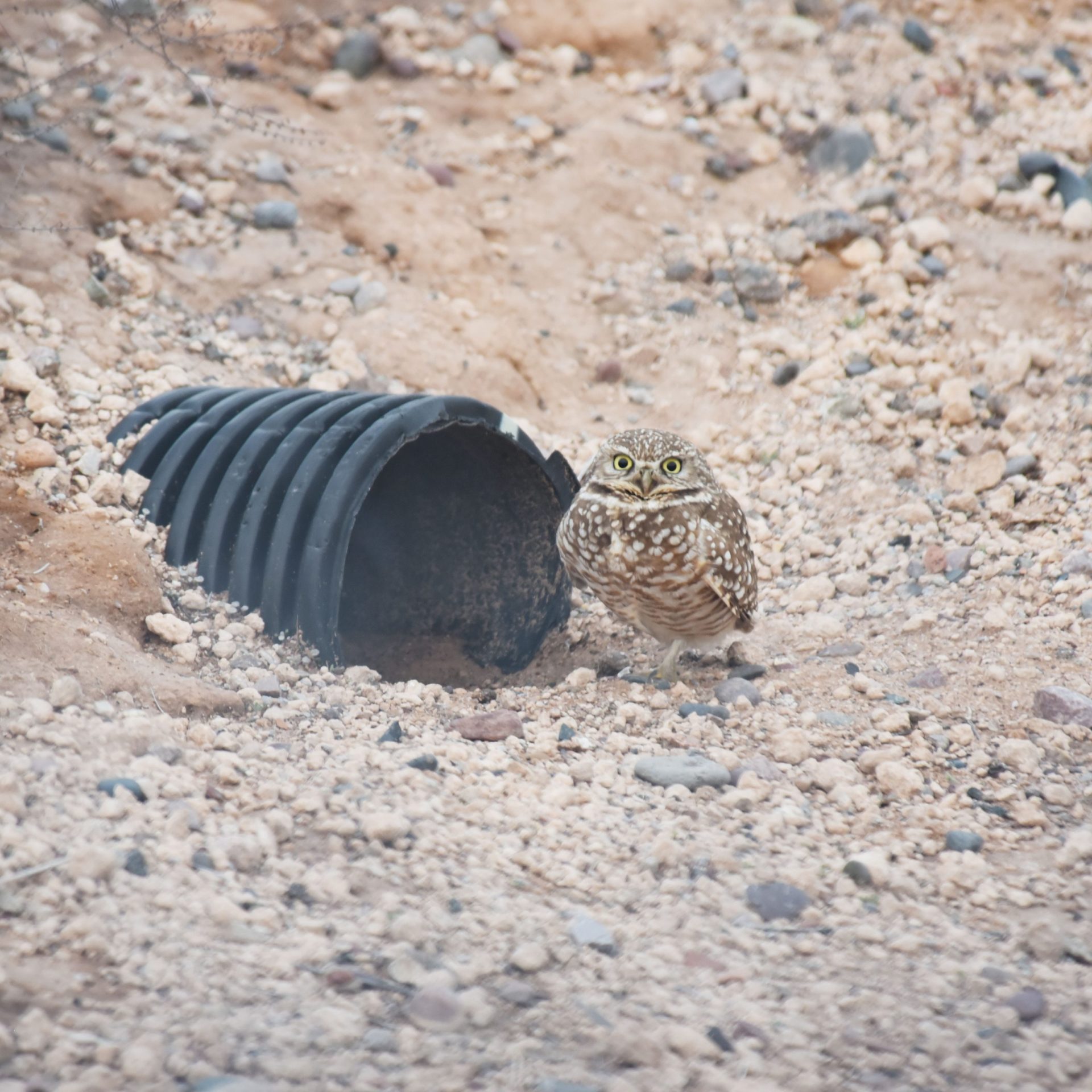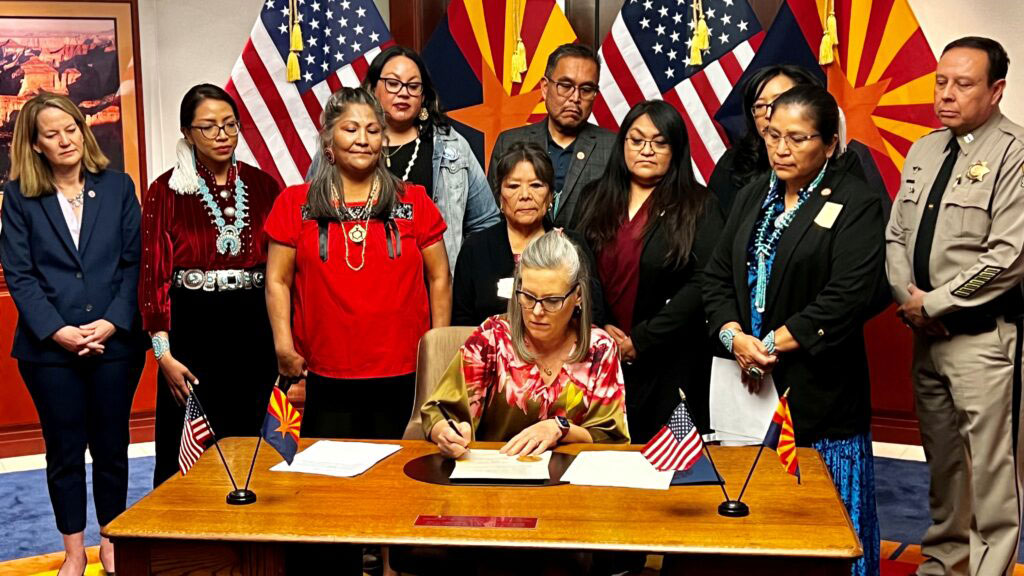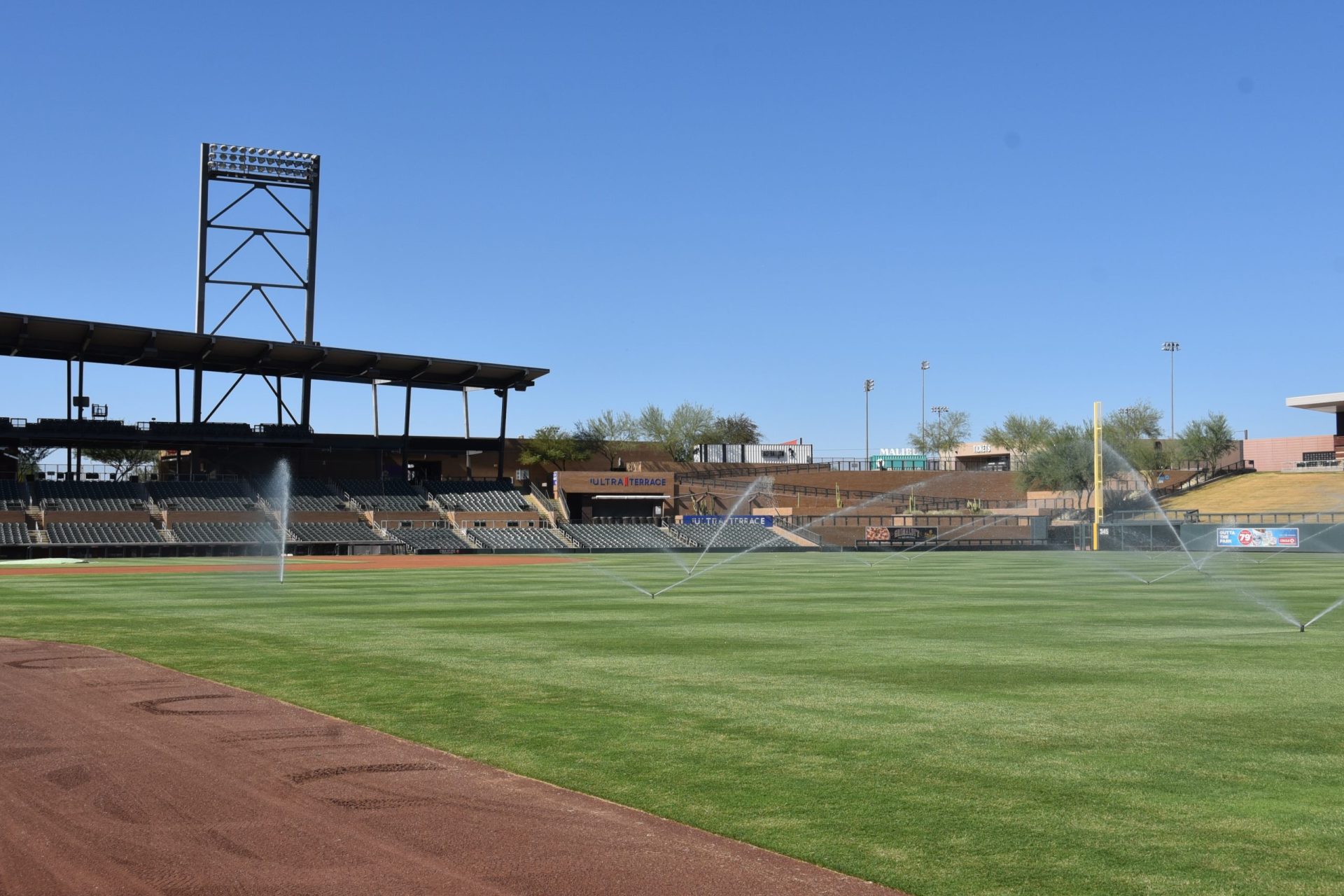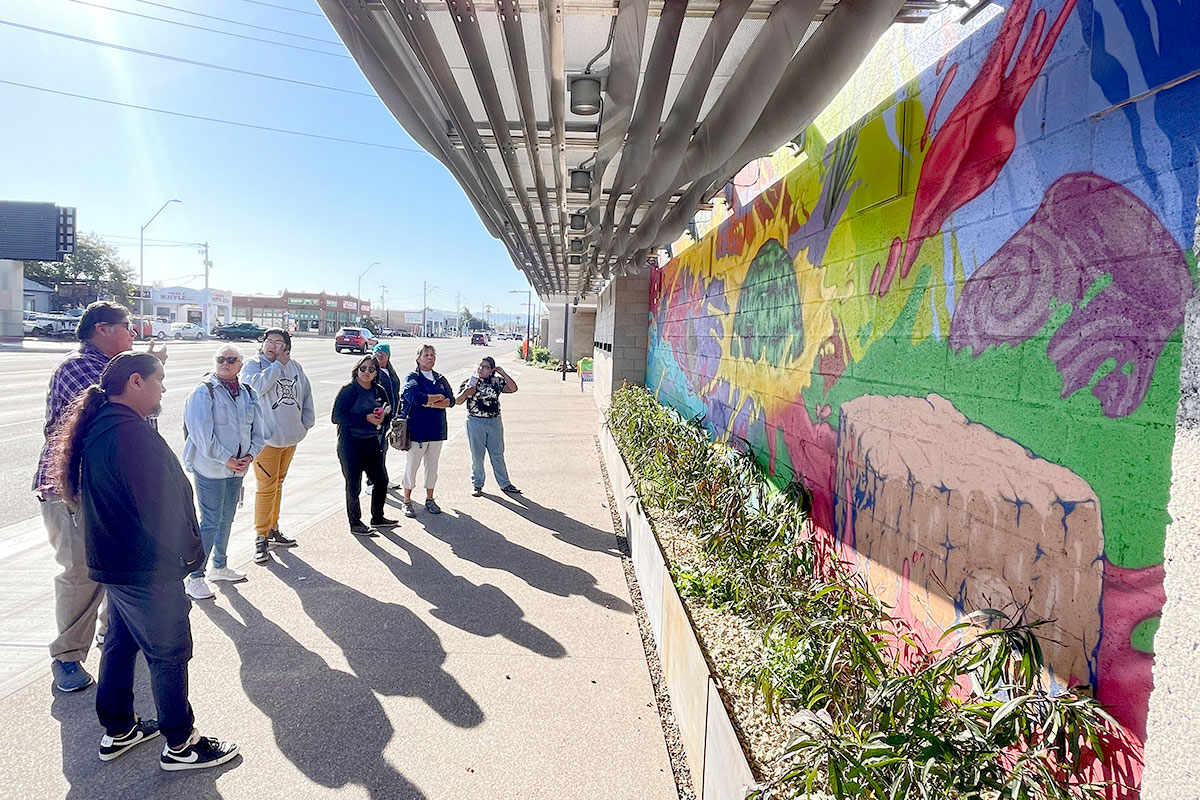VIEWS: 2213
February 1, 2023Burrowing Owl Sightings and Their Cultural Significance
Since December 2022, there have been multiple sightings of a peculiar, tiny burrowing owl near a drainage pipe at a construction site within the Salt River Pima-Maricopa Indian Community.
Burrowing owls nest in the ground instead of in trees. These owls, their young, their nests and eggs are protected by the Migratory Bird Treaty Act. Burrowing owls are considered a bird of conservation concern.
“When there are indications of nesting, a buffer area is created within which activity is minimized to limit the effect of construction activities and disturbance on the burrowing owls, the nest and their young,” said Vicki Olmstead, senior environmental specialist–wildlife management for the SRPMIC Community Development Department Environmental Protection and Natural Resources Division.
“If relocation were to become necessary, either for the well-being of the owls or due to unforeseen circumstances, the relocation would be performed by an experienced group holding a specific Migratory Bird Permit.”
Olmstead said burrowing owls can be seen year-round within the Community, as the Community contains a variety of habitats.
“Burrowing owls within the Community and around the Valley are western burrowing owls, the most common subspecies of burrowing owls, ranging from western Canada through western Central America,” said Olmstead.
Olmstead said that there are plenty of burrowing owls, but their populations have been in decline for many years due to habitat loss, pest-control measures, and the decline of other burrowing species such as prairie dogs.
Cultural Significance of Burrowing Owls
O’odham Action News spoke with SRPMIC Cultural Resources Department Director Kelly Washington about the significance of the burrowing owls and how they sometimes can be lumped together with other owls.
As far as cultural significance goes, Washington said that different tribes have different traditional belief systems, and while he can’t speak to the traditional beliefs of all tribes, he can share his knowledge as a representative of the O’odham and Piipaash.
Washington said that many O’odham and Piipaash believe that burrowing owls can be associated with traditional tribal belief systems about other owls involving bad omens, death or other negative attributes.
The great horned owl is most often known to have these associations, while Washington said that the burrowing owl is simply a harmless animal—and like all animals, should be treated with a level of reverence.
“There is a cultural basis for this viewpoint [negative connotations]; however, this information has become generalized and oversimplified,” said Washington. “One of the reasons for this is that many people today don’t understand that there are several different types of owls.”
Each of these different types of owls has a distinct name in O’odham (kokoho for burrowing owl) and Piipaash (mat kwnyvii for burrowing owl), and Washington said that they are, or at least were, known as distinctly unique birds.
“I think the fact that [the English language] lumps all these birds together has contributed to the modern perspective that they are all the same. This is a collapse of our Native taxonomy,” said Washington.
While the great horned owl has associations with death and sickness for the O’odham and Piipaash, it’s more complex. The bird also plays a role in healing, and the messages it conveys could sometimes be viewed as helpful if people can recognize and heed the warning, according to Washington.
“It seems now that many have not learned these nuances and simply label it as bad or evil. Maybe that’s a good thing in a way. If something is potentially dangerous, maybe it’s better to avoid it if you don’t really know what you’re dealing with,” said Washington.
Some people might disagree with the viewpoints on the owls, and Washington respects that.
“We all have different teachings and belief systems,” said Washington, who was fortunate enough to have had culturally knowledgeable grandparents who taught him some of these distinctions. “For the past 28 years I have professionally interacted with many knowledgeable O’odham-Piipaash elders and cultural practitioners who expressed a clear distinction between these two birds.”
He said that the distinction has been well documented by independent ethnographers and ethnobiologists.
The issue has even made its way into popular culture on the television series Reservation Dogs a few times. In one scene, an owl statue is shown hanging outside Uncle Brownie’s house, and it has its eyes blurred out. Willie Jack, Elora and Bear all cover their eyes and look away.







